Knee pain is more common among kids and teens than many realize. Whether it’s due to sports, growth spurts, or prolonged sitting, untreated discomfort can affect mobility, confidence, and daily performance. The good news? With the right approach, most knee pain in young people is manageable—and often preventable.
Drawing from recent youth health trends—including insights from the 2024 Healthy Kids Colorado Survey, which highlights the emotional and physical challenges faced by youth post-pandemic—this guide offers 10 results-driven tips designed specifically for kids and teens. These strategies focus on starting quickly, staying consistent, and measuring progress weekly to ensure lasting improvement.
Jumping into intense exercise can worsen knee pain. Instead, begin with gentle, low-impact activities like swimming, cycling, or walking. These movements improve circulation, support joint lubrication, and build strength without stressing the knees.
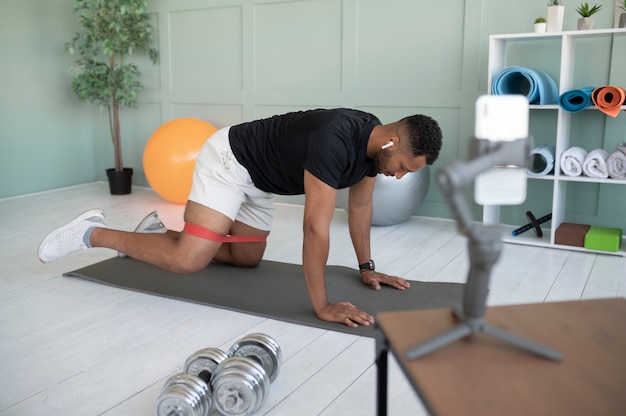
Strong quadriceps, hamstrings, and glutes reduce pressure on the knees. Incorporate bodyweight exercises like wall sits, straight-leg raises, and clamshells 3 times a week. Track reps and sets weekly to ensure steady progress.
Skipping warm-ups increases injury risk. Spend 5–10 minutes doing dynamic stretches like leg swings, ankle circles, and gentle lunges. This prepares the joints and muscles for movement and reduces strain on the knees.
Poor posture or incorrect movement patterns—like landing flat-footed during jumps—can aggravate knee pain. Focus on bending knees when landing, keeping knees aligned over toes, and avoiding inward collapse during squats or running.
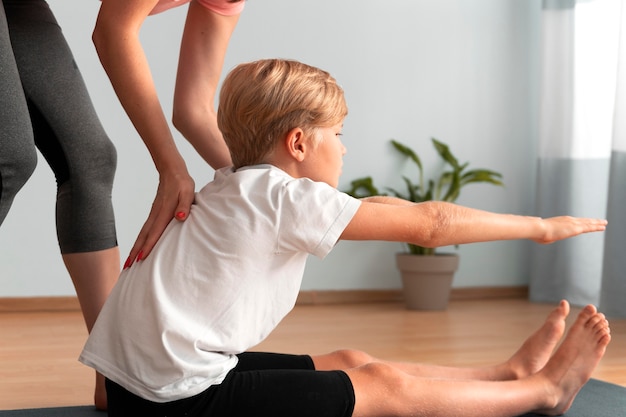
If pain spikes, respond quickly with Rest, Ice, Compression, and Elevation. Apply ice for 15–20 minutes every few hours during the first 48 hours. This reduces swelling and speeds recovery, helping kids return to activity faster.
Consistency thrives on awareness. Use a simple journal or app to log daily activities, pain levels (on a 1–10 scale), and any improvements. Reviewing weekly trends helps identify triggers and motivates continued effort.
Ill-fitting or worn-out shoes contribute to knee stress. Choose footwear with good arch support and cushioning, especially during sports. Replace shoes every 300–500 miles of use to maintain proper alignment.
Long hours at desks or screens can tighten hip flexors and weaken glutes, increasing knee strain. Stand, stretch, or walk for 2–3 minutes every 30 minutes. Simple seated leg lifts or ankle pumps can also improve circulation.
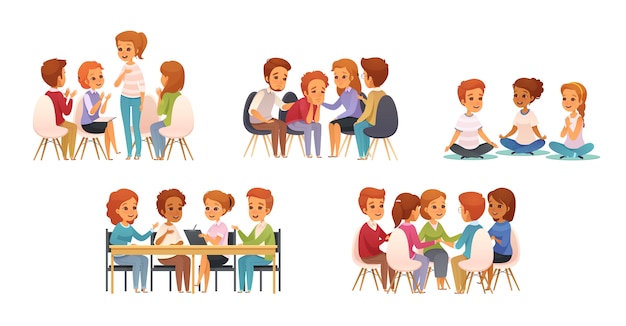
Hydration supports joint lubrication, while foods rich in omega-3s (like salmon, walnuts, and flaxseeds) help reduce inflammation. Limit sugary snacks and processed foods, which can worsen joint discomfort over time.
Emotional well-being impacts physical recovery. The 2024 survey underscores the importance of mental resilience in youth health. Acknowledge improvements—like walking longer or climbing stairs pain-free—and use them as motivation to keep going.
Knee pain doesn’t have to slow down kids and teens. By starting with simple, safe steps and measuring progress weekly, young individuals can regain comfort, boost confidence, and stay active. The combination of physical care, consistent habits, and emotional support creates a powerful foundation for long-term joint health.
Remember: small changes, done consistently, lead to big results.

Health

Health

Health

Health

Wellness

Wellness

Wellness
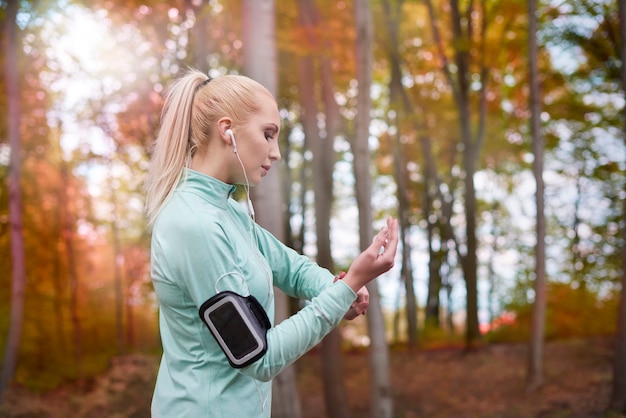
Wellness

Fitness

Fitness

Fitness
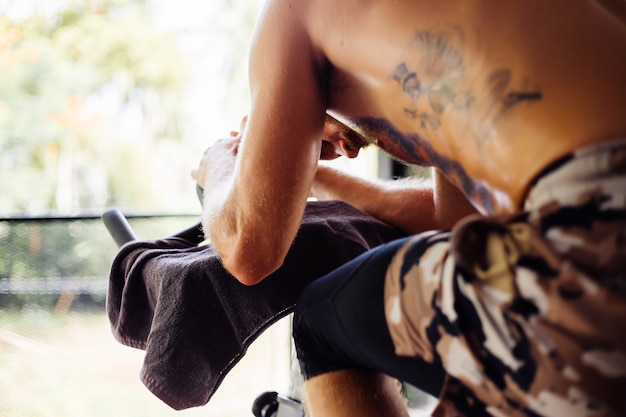
Fitness

Health

Fitness

Health

Health